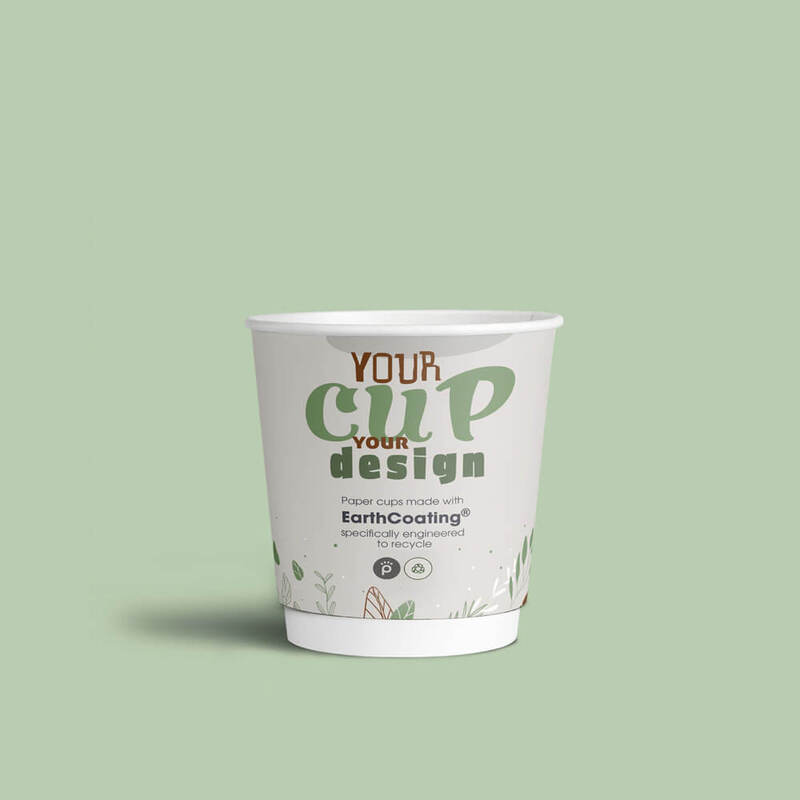The Art and Science of Food Container Design
In our increasingly health-conscious and environmentally-aware society, the design of food containers has gained significant attention. With rising concerns about food safety, convenience, and sustainability, the art and science of food container design play crucial roles in food preservation, transportation, and consumption. This article explores the multifaceted aspects of food container design, including functionality, material choices, and environmental impact.
Functionality Keeping Food Fresh
At the core of effective food container design is functionality. Containers must not only safeguard food from contaminants but also preserve its freshness and flavor. Various factors contribute to this functionality, including airtight seals, moisture control, and UV protection. Modern designs often feature materials that provide excellent insulation, ensuring that temperature-sensitive foods remain at optimal temperatures for longer periods.
Furthermore, the usability aspects of food containers cannot be overlooked. Ease of opening, pouring, and cleaning are essential considerations for consumers. For example, containers with easy-snap lids or one-handed openings cater to busy lifestyles, allowing consumers to access their food quickly and conveniently. Designs that prioritize stackability and storage efficiency are also becoming increasingly popular, as they help maximize space in kitchens and refrigerators.
Material Choices Safety and Sustainability
When it comes to food container design, the choice of materials is paramount. Traditionally, plastic has dominated the market due to its flexibility, lightweight properties, and affordability. However, there has been a significant shift towards using more sustainable and eco-friendly materials in recent years. Glass, silicone, stainless steel, and compostable bioplastics are gaining traction among environmentally conscious consumers.
food containers design

Glass containers are favored for their non-reactive properties, allowing them to be used for various types of food without the risk of leaching harmful chemicals. They are also microwave and dishwasher safe, making them a practical option for everyday use. On the other hand, stainless steel provides a durable and lightweight alternative, ideal for on-the-go lifestyles. It resists staining and maintains food temperature well, making it an excellent choice for lunch boxes.
The growing popularity of biodegradable and compostable materials signifies a paradigm shift in consumer preferences. As individuals become more aware of their environmental footprint, they are inclined to choose containers that decompose naturally, thus reducing plastic waste.
Innovation Meeting Consumer Needs
Innovation is a driving force behind contemporary food container design. As technology advances, designers are experimenting with new features that enhance user experience. For instance, smart food containers equipped with sensors can monitor temperature, humidity, and even spoilage. These smart technologies send alerts to consumers through smartphone applications, helping them reduce food waste.
Another exciting trend is the rise of modular food containers, which allow users to customize compartment sizes for different food types. This flexibility caters to diverse meal prep needs, from storing leftovers to packing a balanced lunch. Additionally, designs that incorporate collapsible features offer practicality for those with limited storage space, making them ideal for small kitchens.
Conclusion The Future of Food Container Design
As we move towards a future where convenience, safety, and sustainability take precedence, the design of food containers will continue to evolve. The balance between functionality and environmental responsibility will guide the development of innovative solutions that meet the diverse needs of consumers. Ultimately, effective food container design not only enhances the way we store and consume food but also contributes to broader goals of health and sustainability in our society. We can expect to see continued advancements in this field, driven by technological innovations and a growing commitment to environmental stewardship.



